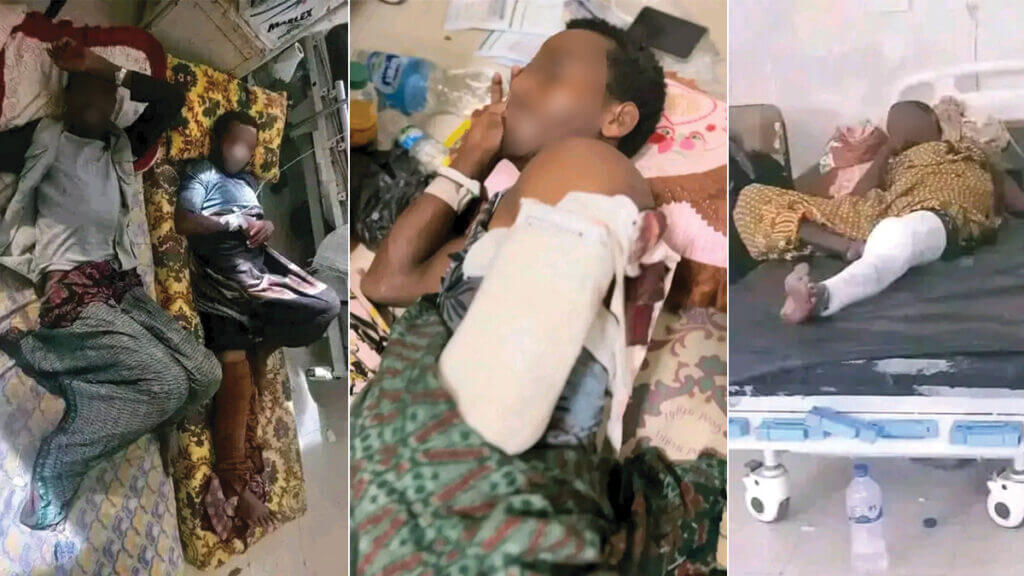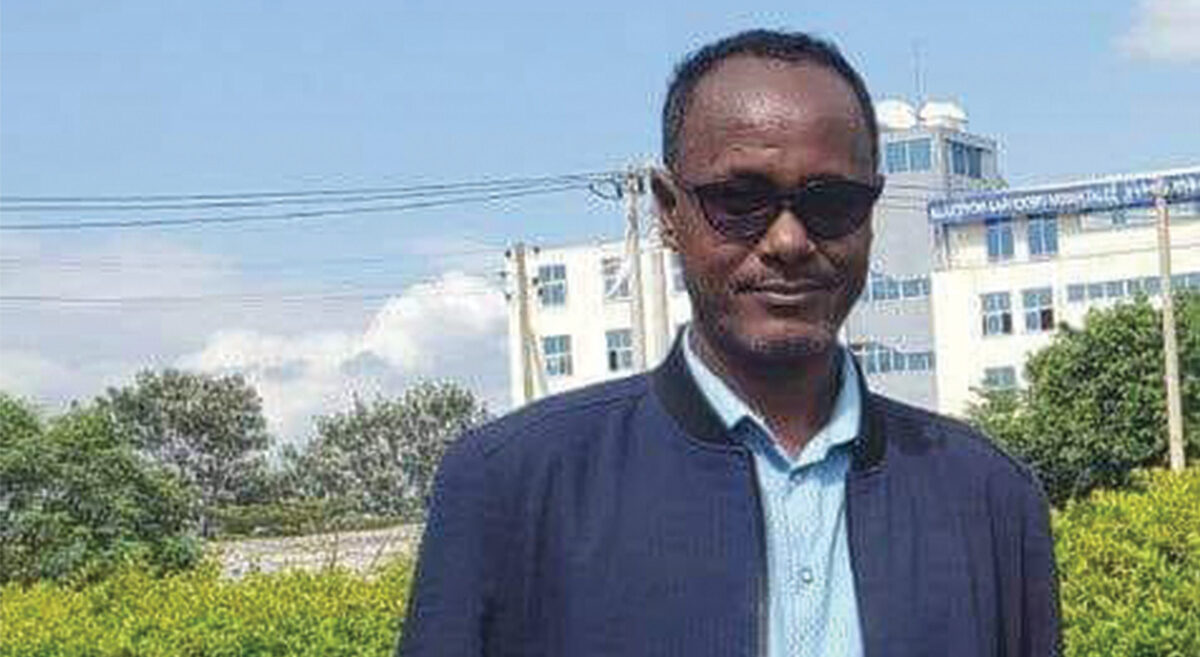Editorial: The government should own the Gedeo IDP tragedy and respond accordingly!

From the editors
Addis Abeba, March 16/2019 – The devastating tragedy of thousands of internally displaced Ethiopians who were forced to live in makeshift camps for the last eight months has come to the word’s attention following the latest report by The Guardian. But make no mistake. This is a tragedy that has been in the making for nearly a year now after a spate of inter-communal violence displaced close to one million civilians in west Guji zone of the Oromia regional state and Gedeo zone of the Southern Nations, Nationalities and People’s Regional State (SNNPR).
The overwhelming majority of the victims are members of the Gedeo community displaced from several localities in west Guji zone.
Over the last several months the UNOCHA has been one of the few UN agencies shedding light on the plight of the displaced civilians by providing accurate data reports. According to some of these humanitarian bulletins the government of Ethiopia, through the National Disaster Risk Management Commission (NDRMC), the UN and non-UN humanitarian organizations, have been trying to coordinate efforts to address this tragic humanitarian crisis.
At the same time, separate efforts were exerted by the government and traditional establishments to bring in reconciliations between the two communities. Owing to such efforts, a displacement tracking matrix published in August 2018 carried an analysis on potential return patterns of the displaced civilians. But compared to the sheer scale of the violence and its devastating impacts, as well as the lack of firm support to the reconciliation from the two regional states, not all the displaced civilians were willing to return home – rightly. Although the government’s support to the initial efforts of these reconciliations were encouraging, it should not be used to exonerate the government from assuming responsibilities for the devastating news that today up to four civilians are dying a day due to lack of nutrition, prevalence of water-borne diseases and lack of hygiene.
True, such tragic outcomes could be a result of multiple-factors, among others, the political nature of the displacement and the inadequate coordination of uninterrupted humanitarian support to the displaced civilians. But recent firsthand witness accounts of the displaced civilians indicate that there has been a terrible breakdown of such assistance, which in turn has left thousands of displaced civilians locked in makeshift camps without receiving proper aid. Some even claimed having received no aid for months on end, a claim the government denies.
A few months ago, the National Disaster Risk Management Commission has issued notice that it would encourage civilians being displaced by increasing numbers of violence in many parts of the country to stay near their hometowns in order to receive coordinated humanitarian responses. While the argument could be justifiable at face value, Ethiopia’s lack of institutional experience (and commitment) to handle multiple inter-communal and drought induced internal displacements at a time means such proposals carry more danger than they appear to be. It also lays bare elementary facts that staying near places of origin in the face of continued violence requires the government’s unwavering assurance for the safety and security of displaced civilians.
The fact that some 13, 000 of the victims of the Gedeo-Guji crisis (by the government’s account), and thousands others in many parts of the country chose to remain in makeshift camps speaks volumes about the government’s inability to provide displaced civilians with the safety and security they need upon returning to their homes. In addition, given the fact that most of the displaced in the Guji-Gedeo conflict are caught up in a vicious cycle of displacement shows the alarming level of state failure to protect the very same people the state is there to protect and the politically complex nature of the displacement.
Now, a reformist government led by Prime Minister Abiy Ahmed is haunted by images of malnourished children and nursing mothers laying in camps that can hardly be taken as shelters – a chilling reminder of Ethiopia’s terrible encounter with famine in the past. There is no denying of that and the people of Ethiopia and the world at large want answers as to what exactly happened that led to this terrible chain of events, and whether or not those responsible for it, both at federal and regional levels, are held to account.
But beyond owning this tragedy and providing answers for what went wrong and where, the government’s immediate responsibility should for now be to provide urgent humanitarian assistance to the thousands of innocent civilians who have already gone through this unimaginable horror and trauma. AS







